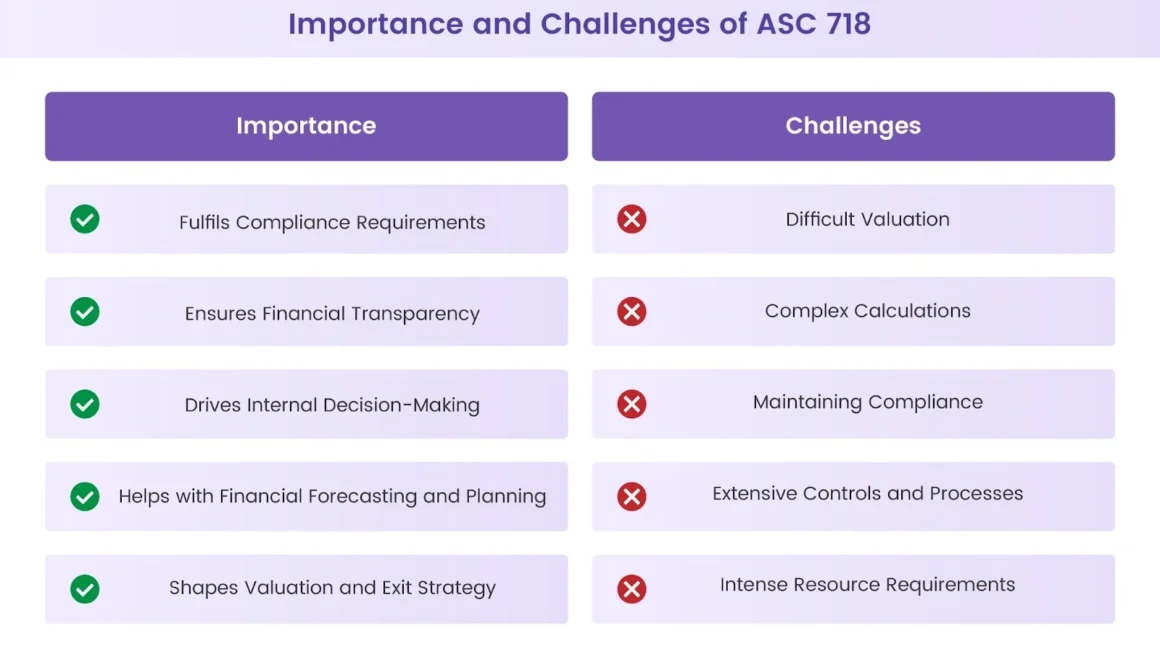The world of standards, codes, and classifications can often feel complex and obscure. However, they play an essential role in guiding industries and individuals toward uniformity, safety, and optimal performance. Among these standards, 718-742.4 stands out as a significant reference. But what exactly is 718-742.4? Why is it important? And how does it apply to various sectors?
In this comprehensive guide, we will delve into everything about 718-742.4. We will explore its history, applications, technical specifications, and its broader impact across different industries. Whether you’re new to the concept or seeking to deepen your understanding, this article will serve as the ultimate resource on the subject.
What is 718-742.4?
718-742.4 is a code or standard that pertains to a specific classification in a particular field. While standards like this often come with various nuances, they are typically defined by a governing body that provides structure and guidelines for industries to follow.
This specific standard may appear within various technical documents, including engineering, architectural, and industrial references. It is often used to ensure compliance with regulations, facilitate quality control, and improve performance across numerous fields.
History of 718-742.4
The development of 718-742.4 is rooted in the necessity for a systematic approach to quality, safety, and performance. Initially introduced in the early years of its specific domain, it has since evolved to accommodate changes in technology, standards, and regulatory frameworks.
The adoption of such codes typically results from collaboration between industry experts, regulatory bodies, and stakeholders. Through a structured process, the standard is continually reviewed, ensuring it stays relevant and up-to-date with the latest advancements.
How 718-742.4 is Used in Different Industries
Engineering and Manufacturing
In engineering, 718-742.4 plays a crucial role in defining the technical specifications for materials, machinery, or even procedural workflows. Whether it’s for construction, aerospace, automotive, or electronics, this standard ensures that the components manufactured adhere to consistent quality benchmarks.
Healthcare and Medical Equipment
For the medical sector, 718-742.4 can relate to the design, production, and testing of medical devices. This ensures that these products meet the necessary safety requirements and regulatory approvals. In some cases, it may even govern the compatibility of new equipment with existing infrastructure.
Construction and Architecture
In construction and architecture, standards like 718-742.4 help ensure that the buildings and structures being developed comply with regional and international building codes. This can affect everything from materials used in construction to safety measures in place for workers and end-users.
Electronics and Technology
In the fast-evolving electronics sector, 718-742.4 ensures that devices and components are up to par in terms of performance, safety, and durability. This standard may be incorporated into the development of smartphones, wearables, or other consumer electronics.
Key Specifications of 718-742.4
Understanding the specific guidelines of 718-742.4 is essential for professionals in industries that rely on this standard. These specifications may involve technical measurements, material types, or procedural steps to ensure the end product or service is up to code.
It’s common for such standards to have precise details, such as:
- Material quality requirements: Ensuring the right materials are used for manufacturing.
- Safety protocols: Defining the necessary safety steps or precautions to mitigate risk.
- Performance standards: Ensuring that products meet certain efficiency or reliability benchmarks.
By adhering to these specifications, companies ensure that they are producing compliant, safe, and high-quality products that meet regulatory requirements.
Why 718-742.4 Matters
Ensuring Compliance
One of the primary reasons for the importance of standards like 718-742.4 is compliance. In any regulated industry, adhering to established standards is not optional—it’s necessary to avoid fines, penalties, and potentially dangerous situations.
Improving Quality and Safety
By enforcing consistency in quality and safety, 718-742.4 helps prevent accidents, failures, and defects in products or services. This ensures that end-users, whether they’re consumers, employees, or patients, are not exposed to unnecessary risks.
Enhancing Efficiency and Performance
Moreover, adherence to such standards can improve overall efficiency. By following best practices and proven procedures, companies can streamline their operations, minimize waste, and enhance productivity.
The Global Influence of 718-742.4
Because it has been adopted by various international organizations, the influence of 718-742.4 extends beyond national borders. Manufacturers, companies, and service providers across the world often rely on this standard to ensure their products meet universal quality and performance expectations.
In fact, it is not uncommon for businesses in countries with differing regulatory environments to align their operations with 718-742.4 to access global markets or adhere to industry best practices.
718-742.4 and Technology: The Future
As technology continues to evolve, so do standards like 718-742.4. New materials, processes, and innovations often require updates to existing standards to account for changes in the technological landscape. Whether it’s the rise of AI in manufacturing or advancements in medical technology, these changes push the boundaries of what the standard covers.
Future updates to 718-742.4 could very well incorporate advancements such as:
- Smart Manufacturing: Integrating automation and AI for improved efficiency.
- Sustainable Practices: Reflecting the push for greener and more eco-friendly processes.
- Advanced Materials: Recognizing new, more efficient, or safer materials for use across industries.
Common Misconceptions About 718-742.4
Despite its widespread application, many people remain unsure about what 718-742.4 actually represents. Some common misconceptions include:
- It’s Only for Large Corporations: While large companies are often the most visible adopters, small businesses in relevant fields also use 718-742.4 to ensure they meet compliance standards.
- It’s Only for Safety Compliance: Although safety is a major concern, the scope of 718-742.4 extends far beyond just safety to include performance, quality control, and more.
By addressing these misconceptions, we can better understand the importance and reach of this standard.
Adopting 718-742.4: A Step-by-Step Guide
Step 1: Familiarize with the Standard
Before implementing 718-742.4, it’s important to understand the guidelines and specifications in detail. Make sure to review the documentation carefully and consult experts or regulatory bodies if necessary.
Step 2: Assess Current Practices
Evaluate your current processes, products, or services to see where adjustments are needed. This may involve changes in materials, safety measures, or even employee training.
Step 3: Implement Necessary Changes
Once you’ve identified the areas that need modification, take actionable steps to integrate 718-742.4 into your practices. This could involve updating your production processes, investing in new technologies, or adjusting safety protocols.
Step 4: Continuous Monitoring and Evaluation
Even after initial implementation, continuous monitoring and evaluation are key to maintaining compliance. Regular audits and inspections will ensure that your practices remain in line with evolving standards.
Challenges of Implementing 718-742.4
Implementing 718-742.4 is not without its challenges. These may include:
- Cost: Adapting to a new standard often requires investment in new materials, technologies, or employee training.
- Time: The transition to meeting the requirements of 718-742.4 can take time and effort, especially for larger organizations.
- Complexity: Understanding and applying the standard might require specialized knowledge or expertise, which can be a barrier for smaller businesses.
Despite these challenges, the long-term benefits often outweigh the initial obstacles, making it a worthwhile investment.
How to Stay Updated with 718-742.4
Keeping up with changes to standards like 718-742.4 is vital to ensure that your practices remain compliant. Here’s how you can stay updated:
- Industry Publications: Subscribe to industry magazines, journals, and newsletters that provide updates on changes to standards.
- Regulatory Bodies: Stay in touch with the organizations responsible for updating 718-742.4. They often provide resources and announcements regarding revisions.
- Professional Networks: Join forums and networks where industry professionals exchange knowledge and insights about regulatory changes.
FAQs About 718-742.4
What does 718-742.4 specifically regulate?
It regulates various technical specifications, materials, and procedural workflows across industries, ensuring quality, safety, and compliance.
How do I implement 718-742.4 in my business?
Start by reviewing the standard, assess your current operations, and then make necessary adjustments to meet compliance.
Can 718-742.4 be used internationally?
Yes, the standard is recognized globally and helps businesses meet international compliance requirements.
What industries use 718-742.4?
Industries such as engineering, manufacturing, healthcare, and construction all use 718-742.4 to ensure safety and quality.
Is 718-742.4 the same across all regions?
While the core principles remain the same, there may be slight variations based on regional regulatory requirements.
Conclusion
718-742.4 is a critical standard that has widespread implications across numerous industries. Whether you’re in engineering, healthcare, construction, or any other sector, understanding this standard is essential for ensuring compliance, safety, and efficiency. By adhering to its specifications, businesses can improve product quality, maintain safety, and meet global standards.
As the landscape of technology and industry evolves, so too will the standards that guide us. Staying informed and adaptable is key to making the most of standards like 718-742.4.




